
Some of the world's currencies are accepted for most international transactions. The most popular currencies are accepted for most international transactions are the U.S. dollar, the euro, and the yen. However, the U.S. dollar is the most popular. And in the foreign exchange market 90 of forex trading involves the U.S. dollar. Thus, when assessing the relative strength of the most popular currencies in the world, it’s always against the U.S. dollar, using the daily time frame chart.
The “major” forex currency pairs are the major countries that are paired with the U.S. dollar (the nicknames of the majors are in parenthesis).
AUD/USD – Australia dollar (Aussie) vs. the U.S. dollar
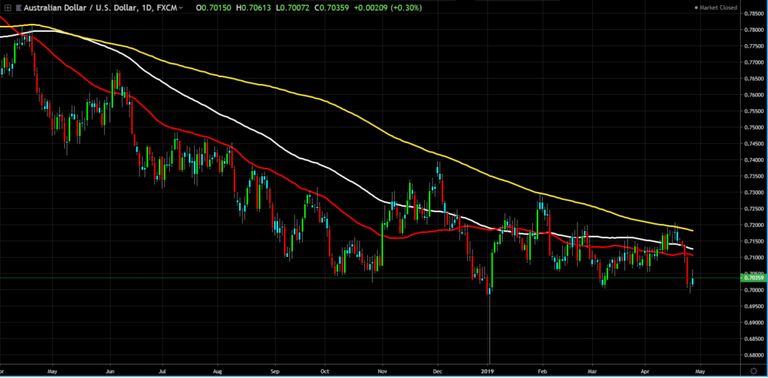
EUR/USD – Euro vs. the U.S. dollar
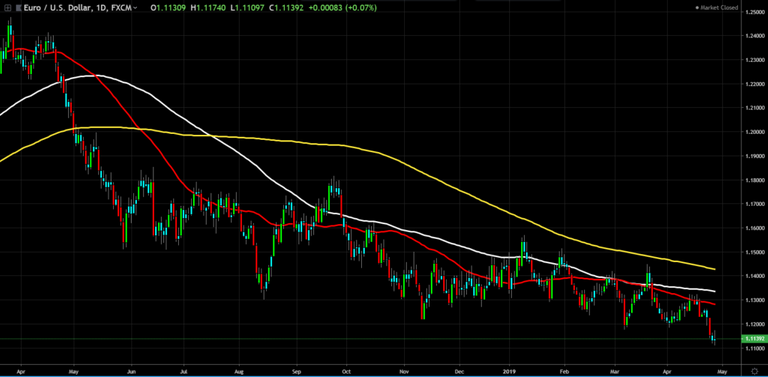
GBP/USD – British pound (Sterling or Cable) vs. the U.S. dollar
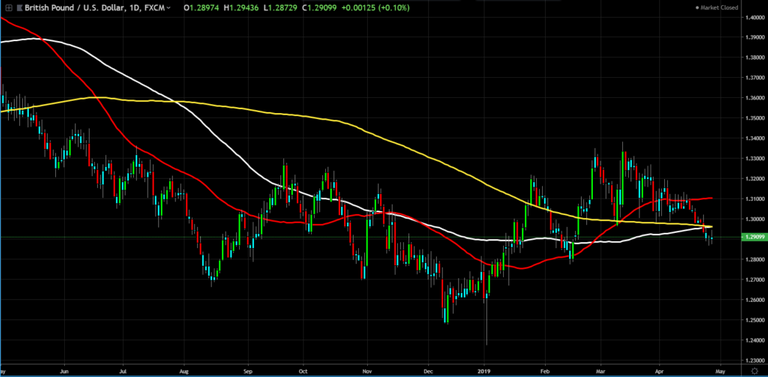
NZD/USD – New Zealand dollar (Kiwi) vs. the U.S. dollar
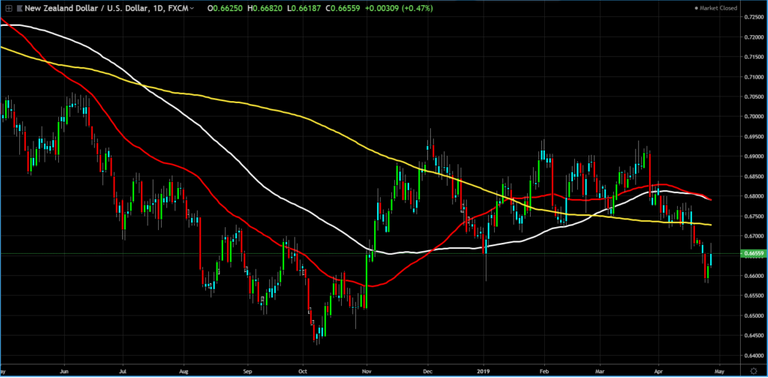
USD/CAD – U.S. dollar vs. the Canadian dollar (Loonie)
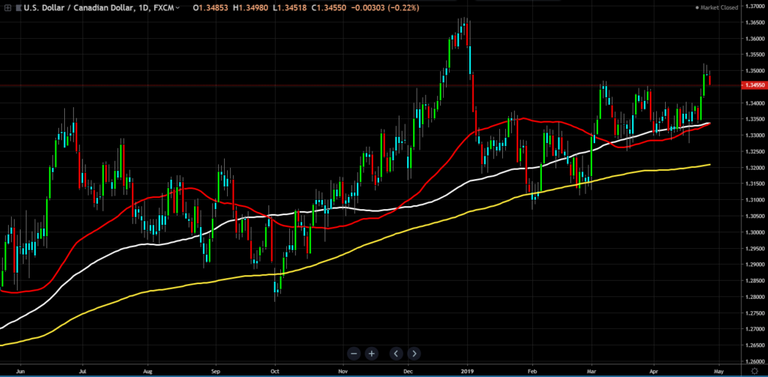
USD/JPY – U.S. dollar vs. the Japanese yen (the Yen)
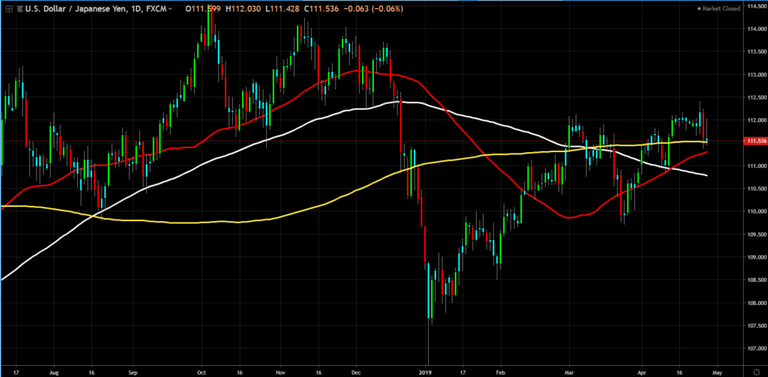
USD/CHF – U.S. dollar vs. the Swiss franc (Swissie)
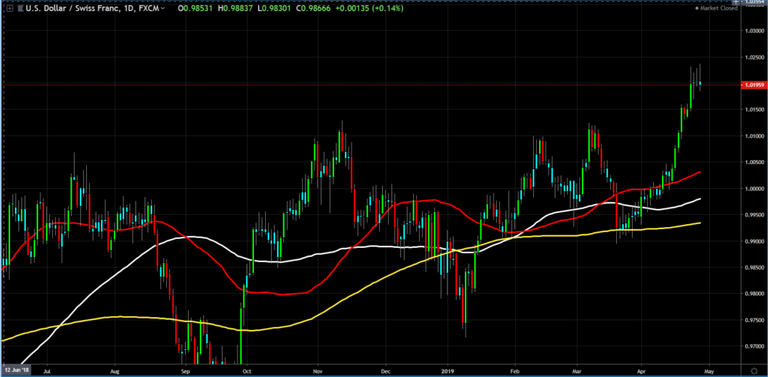
Based on the moving averages and the last daily closing price, relative to the moving averages,

the currency relative strength relative to the US dollar is the following:
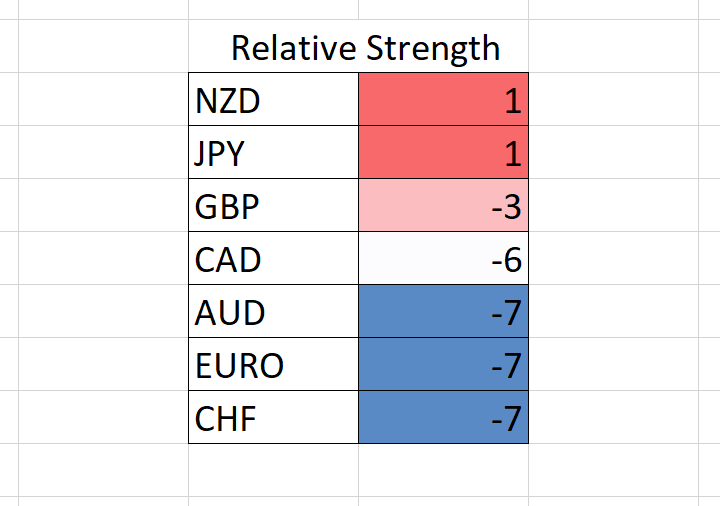
This post is my personal opinion. I’m not a financial advisor, this isn't financial advise. Do your own research before making investment decisions.


